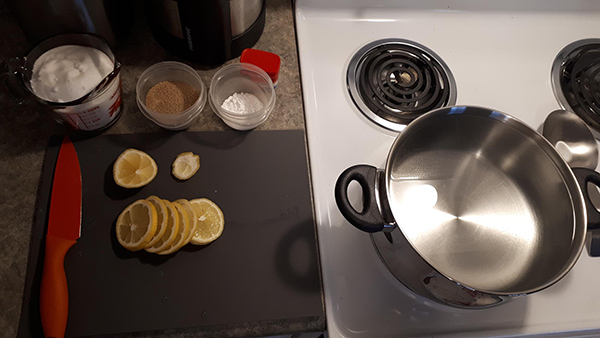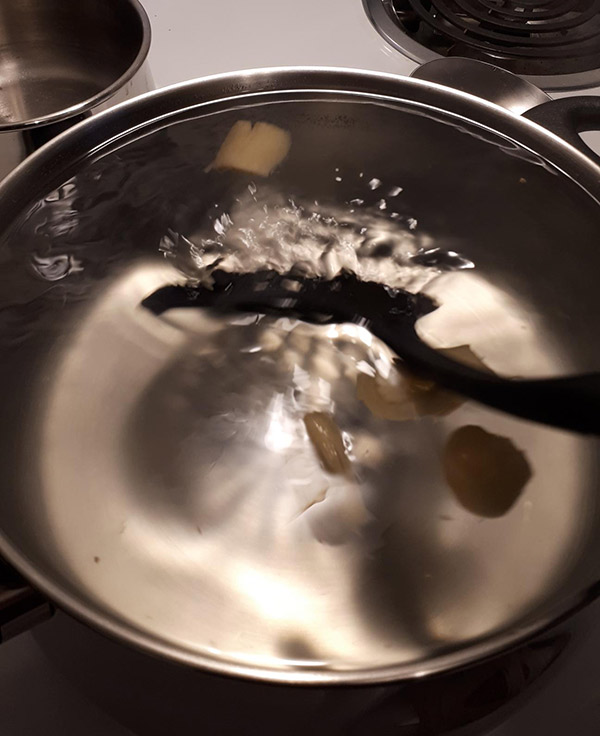1829 Ginger Pop Recipe Experiment
A few months ago, our Archivist Nicole found a recipe page in the front of a small appointment book in the family files collection dating back to 1829. Although the top recipe was unusable due to the use of mercury in the recipe, the bottom recipe for Ginger Pop was a great opportunity for a historical recipe project!
Ginger Ale was my go to beverage whenever I felt feverish as a child. So when I came across this recipe for Ginger pop, I thought it might be interesting to give it a try and see how it tasted in comparison to modern day. In the modern version, we can make homemade ginger ale in as short as a few minutes using ginger, club soda (or seltzer water), sugar, and lemon.
The first step in this recipe was finding modern versions of the ingredients and completing the metric conversions. A quick google search of loaf sugar for example tells me that it was a block of refined sugar usually formed in the shape of a cone sold until the late 19th century.
The real difference between this recipe and modern recipes is the time it takes to produce the pop. The historic recipe needs time for the yeast to break down the sugar which creates carbon as a by-product. I let the batch ferment for 12 hours in the evening and overnight before bottling it up in glass bottles in the morning. It then had to set for two days before consumption.


What I found most interesting about the recipe was the use of yeast. I considered the various types of modern yeast and thought about what was available in Upper Canada in 1829. I settled on an active dry yeast since it was most available presently however I am interested in trying the recipe again with other yeast varieties to see how the outcome changes.
After two days, I opened the bottle to the familiar psst sound of carbon releasing. Most of the yeast broke down, but there was still some yeast residue layer on the bottom of the bottle. Overall, I was pleased with how it turned out. It was more tart than I expected, especially in comparison to the sweetness in modern versions, but the ginger was spot on which made for a nice aftertaste. Next time, I will try adjusting the sugar to yeast ratio for a sweeter final mixture.
Cheers!


 Subscribe to this page
Subscribe to this page